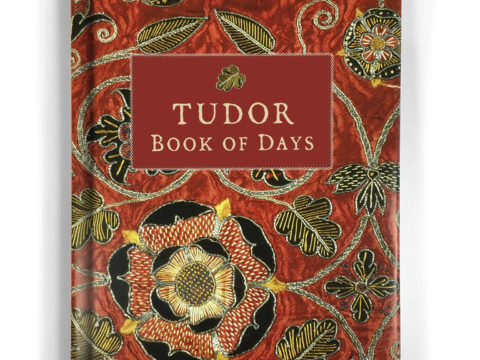Who's Who in Wolf Hall
Biographies of people whose lives entwined with Cromwell
Chapter 2 : Bonner - Butts
Bonner, Edmund, Bishop of London c. 1500 – 1569 Bonner, ordained in 1519 was a Doctor of Civil Law and served as Wolsey's chaplain during Cromwell's period of service to Wolsey. Bonner appears to have been on excellent terms with Cromwell, and worked with him to implement the Royal Supremacy. In matters of religion, he was initially reformist, and worked to promote the publication of the Great Bible into English. However, his doctrinal views remained staunchly Catholic, and, as Bishop of London, he firmly enforced the Act of Six Articles. He repudiated Royal Supremacy under Edward VI, and was deposed from his see. Restored as Bishop of London on Mary's accession he gained a reputation (although the facts are disputed) for enforcing anti-heresy laws with gusto, being referred to as "Bloody Bonner". Refusing to swear to the Royal Supremacy under Elizabeth, he died in prison.
Bonvisi, Antonio d. 1558 An Italian merchant and banker, resident in London, with whom Cromwell enjoyed a close friendship. Bonvisi was also on excellent terms with Sir Thomas More and Reginald Pole.
Bourchier, John, 2nd Baron Berners 1467 – 1533 Anne Boleyn's half-uncle and Governor of Calais, Berners was of a literary turn of mind and translated Froissart's Chronicle and other works. He wrote to Cromwell, when the latter was in Wolsey's service, pleading on behalf of one of the monasteries Wolsey intended to suppress to diver the funds to Cardinal College.
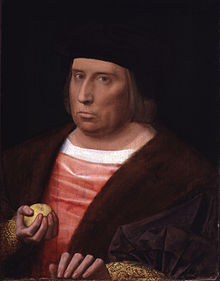
Bourchier, Margaret, Lady Bryan c. 1468 – 1551 Lady Margaret Bouchier was a half-aunt of Anne Boleyn. Married three times, she was a Lady-in-Waiting to Katharine of Aragon, and was Lady Mistress to all three of Henry VIII's legitimate children. Lady Bryan corresponded frequently with Cromwell to report on the health and well-being, first of Elizabeth, and then of Prince Edward.
Brandon, Charles, Duke of Suffolk c. 1484 - 1545 Brandon's father was Henry VII's Standard Bearer at the Battle of Bosworth, and died defending him. Charles was brought up at court and became a good friend of Henry, later Henry VIII, despite being seven years older. Brandon had a reputation as a fine jouster and sportsman, often, in later years, acting with Henry VIII as the chief defender in tournaments. He was appointed Master of the Horse in 1513, an important role which kept him close to the King.
Brandon had a complicated private life– he was betrothed to Anne Browne, then repudiated her to marry her wealthy aunt, Margaret Neville, but that marriage was annulled and he married Anne Browne, having two daughters with her. He was granted the wardship of Elizabeth Grey, Viscountess Lisle, and, planning to marry her, was permitted to use her title, which he did not relinquish for nearly ten years, although Elizabeth had refused to marry him, and infact died in 1513.
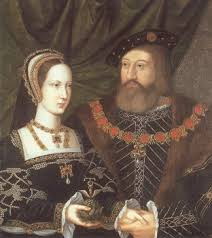
Brandon's real matrimonial coup was his secret marriage to Mary, sister of Henry VIII and widowed Queen of France. Pleaded for by Wolsey, Brandon and Mary paid a swingeing fine and were forgiven, Brandon being created Duke of Suffolk. Suffolk, despite Wolsey's efforts on hisbehalf, despised the Cardinal and transferred this contempt of "low-born" advisors to Cromwell. Despite Suffolk's conservatism, and dislike of Anne Boleyn, he never lost Henry's favour, remaining his closest friend until his death.
Brereton, William c. 1487 – 1536 Brereton was a Gentleman of the Privy Chamber and an influential landowner in Cheshire, married to Henry VIII's second cousin. He and Cromwell were at loggerheads in the early 1530s over religious reform and his implication in the accusations against Anne Boleyn appear to be the result of a personal vendetta, as Brereton, in his mid-fifties, was not part of Anne's circle, and spent most of his time on his estates. Nevertheless, he was convicted and executed for adultery with the Queen.
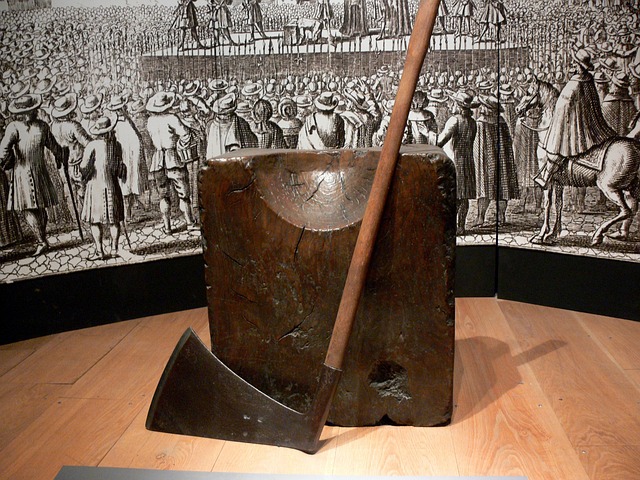
Browne, Elizabeth, Countess of Worcester c. 1500 - 1565. Half-sister of William Fitzwilliam, Earl of Southampton, and sister of Henry VIII's close companion, Sir Anthony Browne, Elizabeth was married to Henry's second cousin, the Earl of Worcester. She was also sister-in-law to William Brereton, accused of adultery with Queen Anne.
Elizabeth was a lady-in-waiting to Queen Anne and sat at her left hand at the Queen's coronation feast. She also borrowed money from the Queen. It was alleged by John Hussey, Lord Lisle's agent that Lady Worcester was the woman on whose testimony the Queen was arrested and condemned. Simultaneously, Queen Anne appears to have been worrying about Lady Worcester's pregnancy, as the child in the womb was not moving. The eventual child was named Anne, which may suggest that Lady Worcester, if she did allege wrong-doing by the Queen, did not do so willingly.
Bryan, Sir Francis c. 1490 – 1550. Known as the Vicar of Hell for his rakish lifestyle, Bryan was a close associate and friend of Henry VIII throughout the King's life. He held positions in the Privy Chamber, and undertook various foreign embassies. Bryan lost an eye during a tournament in the late 1520s and wore an eye patch. A cousin of both Anne Boleyn, and Jane Seymour, Bryan initially favoured the Boleyn marriage, but was willing to work with Cromwell to replace Anne with Jane. He and Cromwell later quarrelled and he was removed from his post in the Privy Chamber. He regained it after Cromwell's demise and became Vice-Admiral of the Fleet. Bryan married the widow of the Earl of Ormond, and, after Henry VIII's death was Lord Chief Justice of Ireland.
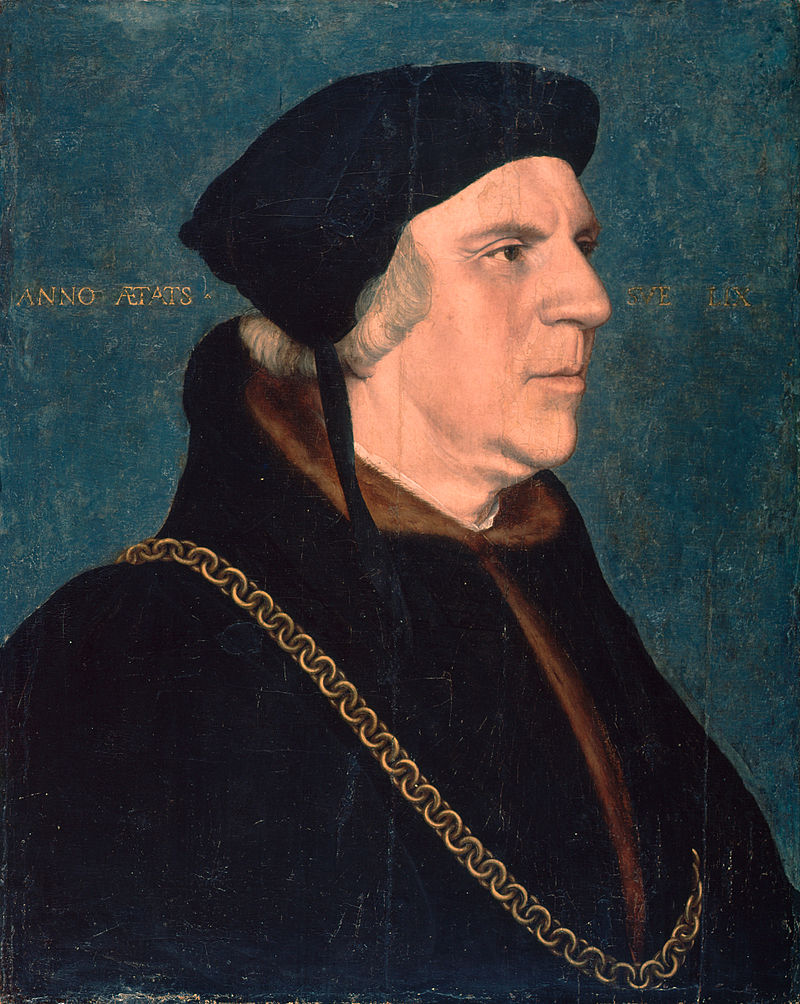
Butts, Dr William c. 1485 – 1545 – One of Henry VIII's most important physicians, he treated Anne Boleyn for the sweating sickness in 1528. He was also dispatched by Henry to treat Cardinal Wolsey in the period when Henry was vacillating between dismissing the Cardinal and restoring him to favour. Dr Butts was also the recipient of Henry confidences in 1539 when the King confessed that, although he could not consummate his marriage to Anne of Cleves, he had 'nocturnal emissions' that proved his virility. This evidence was key in the annulment case. Butts was a reformer, and may have been the man who warned Katherine Parr that the King was contemplating her arrest, allowing her to mend fences with Henry before she was arrested.
This article is available for Kindle, for purchase from Amazon US and Amazon UK.
